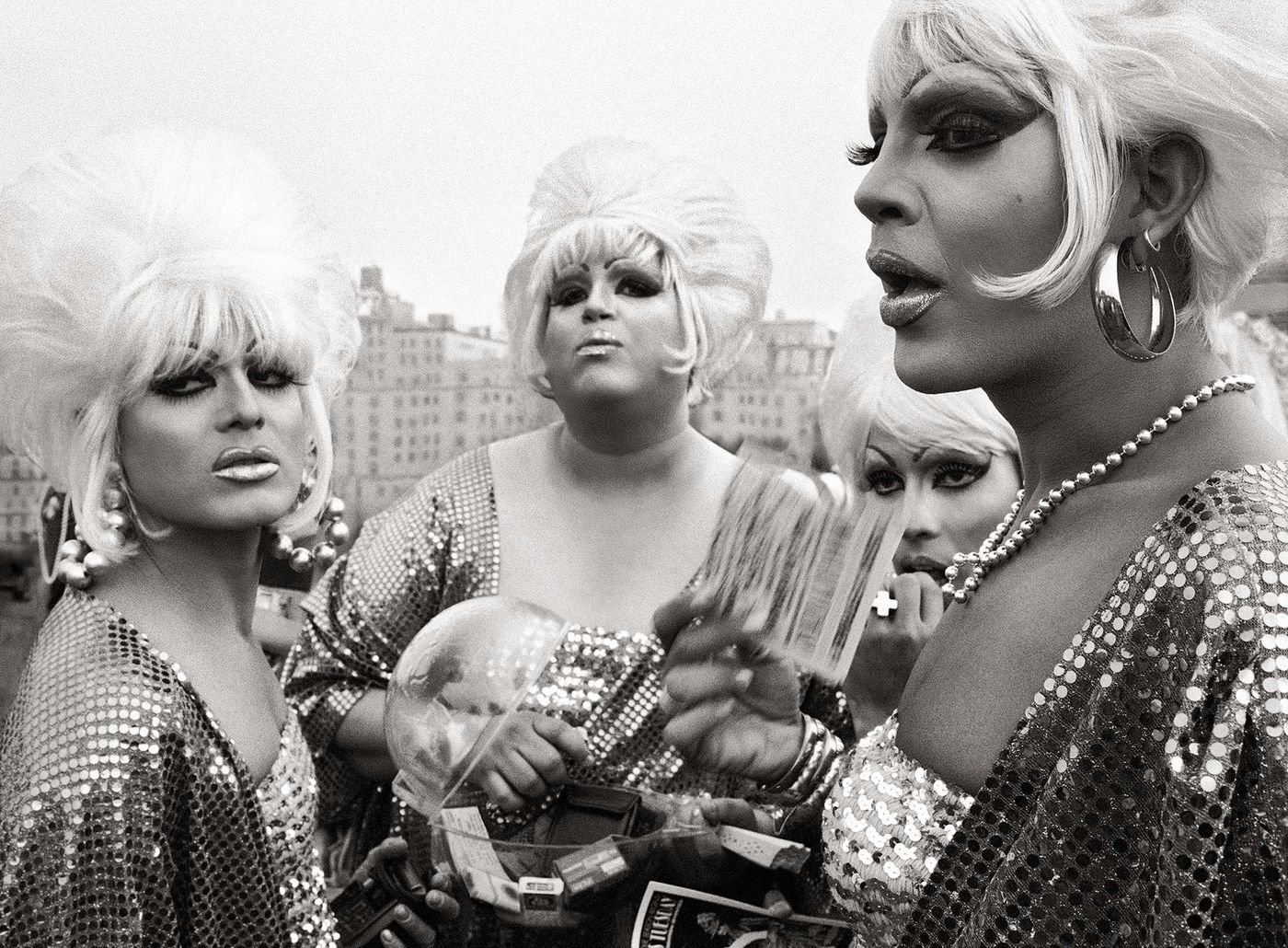
Forever Someone Else: The World Through The Lens of Desiree Dolron
Words by Eric David
Location
Amsterdam, Netherlands
Forever Someone Else: The World Through The Lens of Desiree Dolron
Words by Eric David
Amsterdam, Netherlands
Amsterdam, Netherlands
Location
This is a busy period for Dutch photographer Desiree Dolron. Her exhibition “Prelude: Forever Someone Else”, a photographic retrospective that documents her extensive travels around the world, just opened at GRIMM Gallery in Amsterdam, another larger solo show in GRIMM’s New York premises is planned for next year, while a new monograph is coming out in 2020. With several upcoming trips for additional shows she is participating in as well as new projects she is working on, not to mention a ten-year old daughter, Dolron was kind enough to take some time off her hectic schedule to chat with Yatzer about her work and her travels.
Dolron is a pilgrim at heart. Having grown up in a family that frequently moved due to her father’s business activities, it was only natural for her to drop out of school at 16 to travel the world. Photography was always a passion of hers so after a few years in New York where she studied visual arts at NYU and worked as a photographer’s assistant, she set off again, this time as a documentary photographer, a practice that in her words “enables you to enter other people’s lives, so to speak”.
And enter other people’s lives she did, from revelatory experiences in India in the early 90s where she was invited to stay with Naga sadhus, Indian holy men who excel in martial arts - an encounter which inspired Dolron’s decade-long “Exaltation” series, a photographic documentation of transcendental religious gatherings of different cultures - to being granted permission (in 1997) by the imams and military police in conflict-torn Peshawar, Pakistan, to access and photograph the local mosques, an incredible achievement considering women are kept concealed behind curtains.
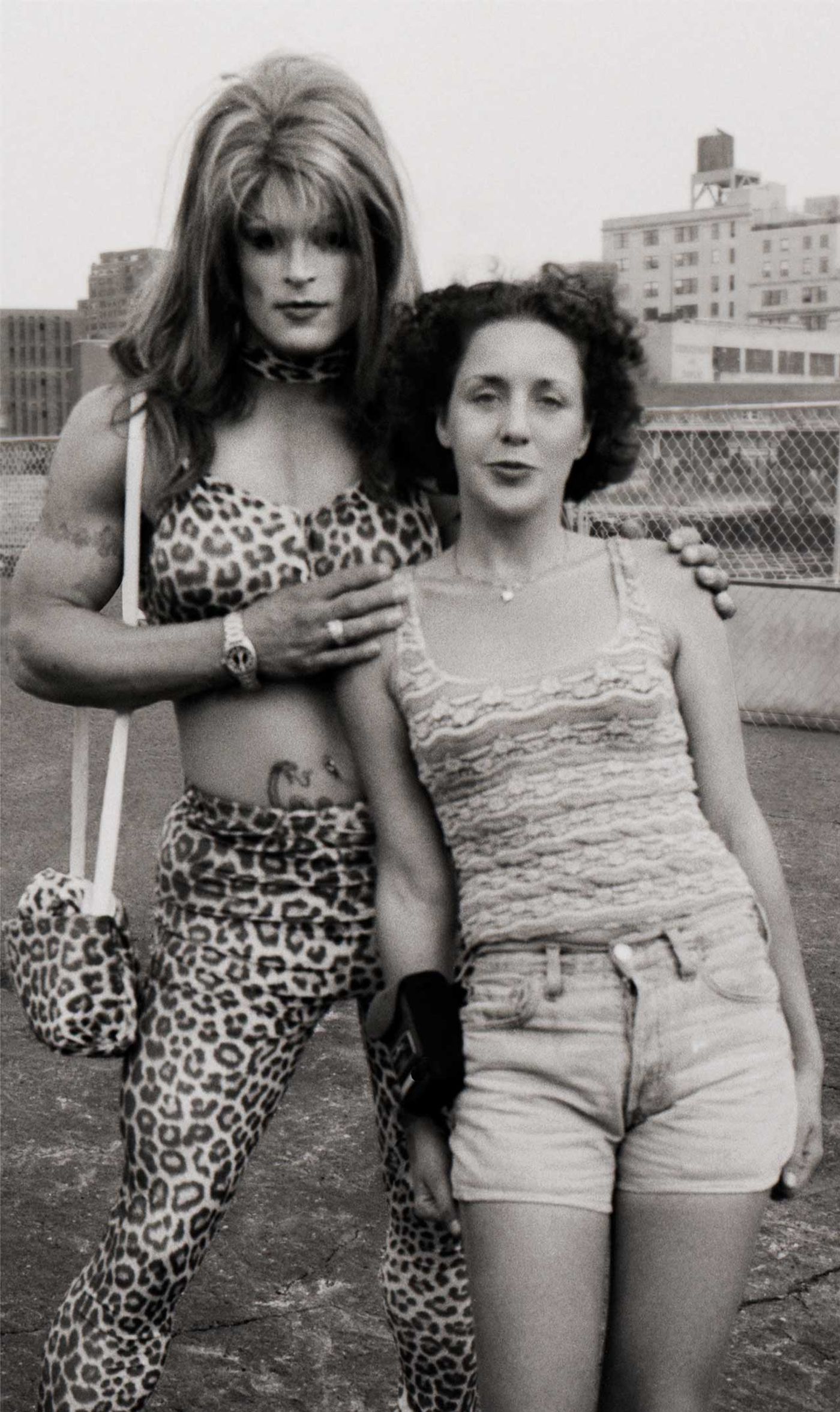
Desiree Dolron, Wingstock, 1997 © the Artist, courtesy the Artist and GRIMM Amsterdam | New York.
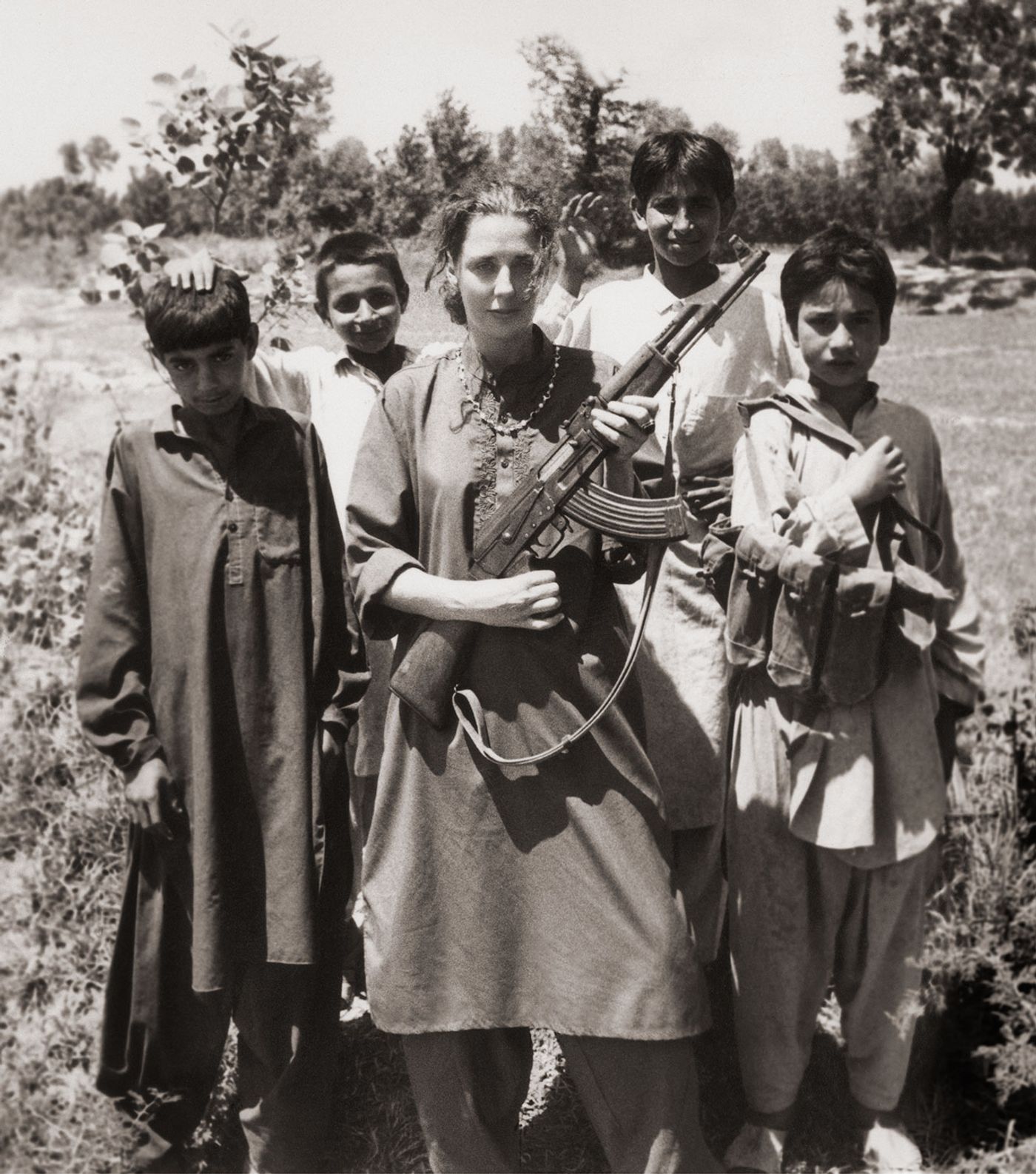
Desiree Dolron, Pakistan, 1997 © the Artist, courtesy the Artist and GRIMM Amsterdam | New York.

Desiree Dolron, Dominican Republic, 2001 © the Artist, courtesy the Artist and GRIMM Amsterdam | New York.
Travelling north from Peshawar during the same era, Dolron visited several tribal villages along the Afghan border, a harsh place where women were not allowed to go outside and where she even witnessed a woman being shot, but where she however also met “amazing, nice people”. Was she frightened at all? Not really Dolron says, it was a different time back then though she admits that wouldn’t do it again now.
Dolron’s decades-long travels, which apart from the Indian sub-continent, include Scandinavia, Iceland and the Americas, produced a rich photographic archive, a selection of which is showcased in “Prelude: Forever Someone Else”. Although the series includes both colour and black & white photographs, for this exhibition only a selection of the latter was chosen—colored images will be included in the upcoming larger exhibition that will cover her 25 years of travels. Despite their widely disparate subject matter, from the glamorous drag queens of Wigstock drag festival in New York City and the melancholic streets of Havana, to the indomitable Romani nomads in Pakistan, the monochromatic sensibility of the images on display bestows upon them a subtle homogeneity that alludes to a common humanity.
To emphasize how intertwined human lives are despite cultural diversity, Dolron mentions witnessing sadhus slowing their heart rates in order to stay underground for three days in India, and then flying to Los Angeles and watching S&M club performers hang themselves from hooks through their skin with the same ritualistic dedication.
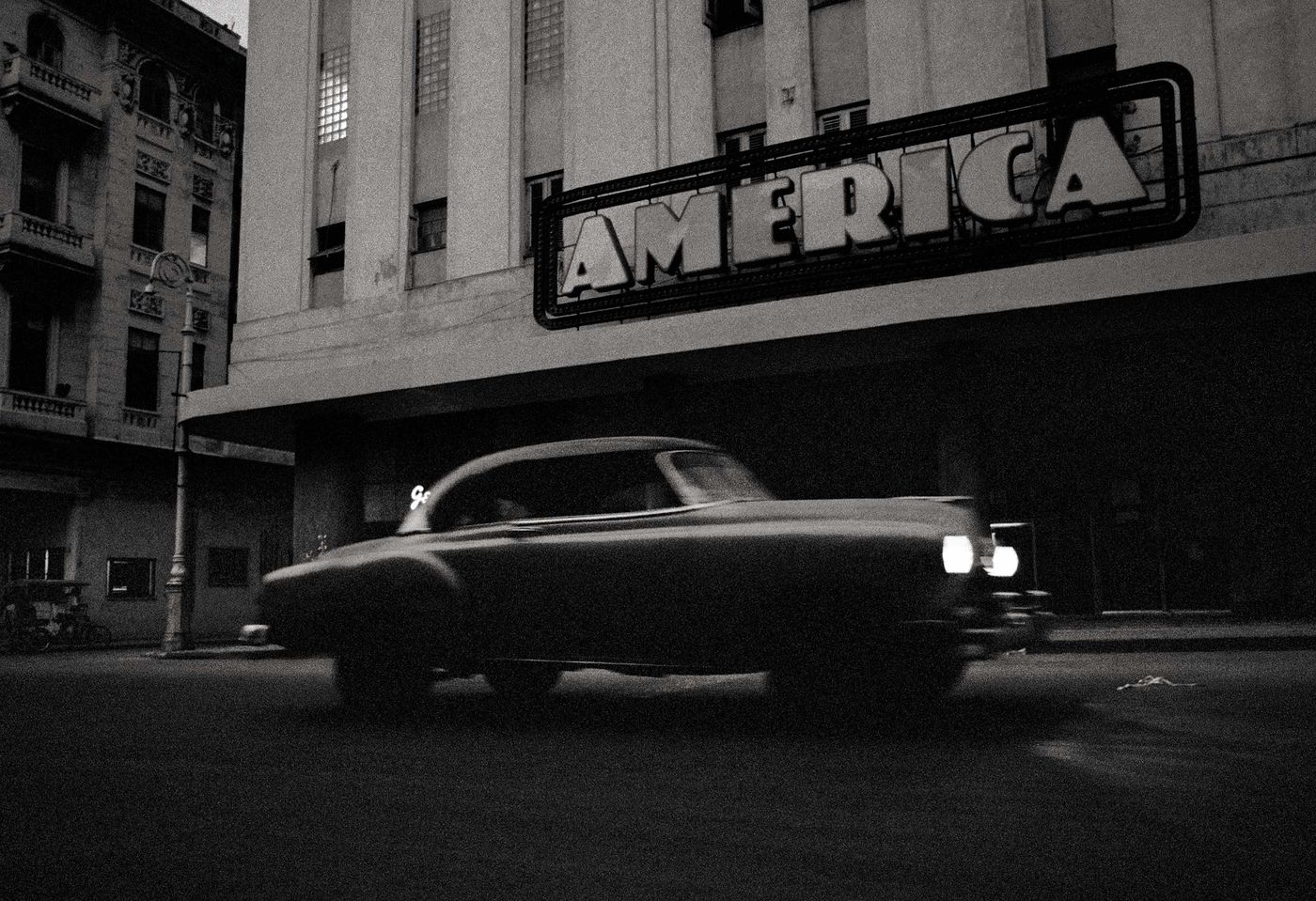
Desiree Dolron, Havana, Cuba, 2002 © the Artist, courtesy the Artist and GRIMM Amsterdam | New York.
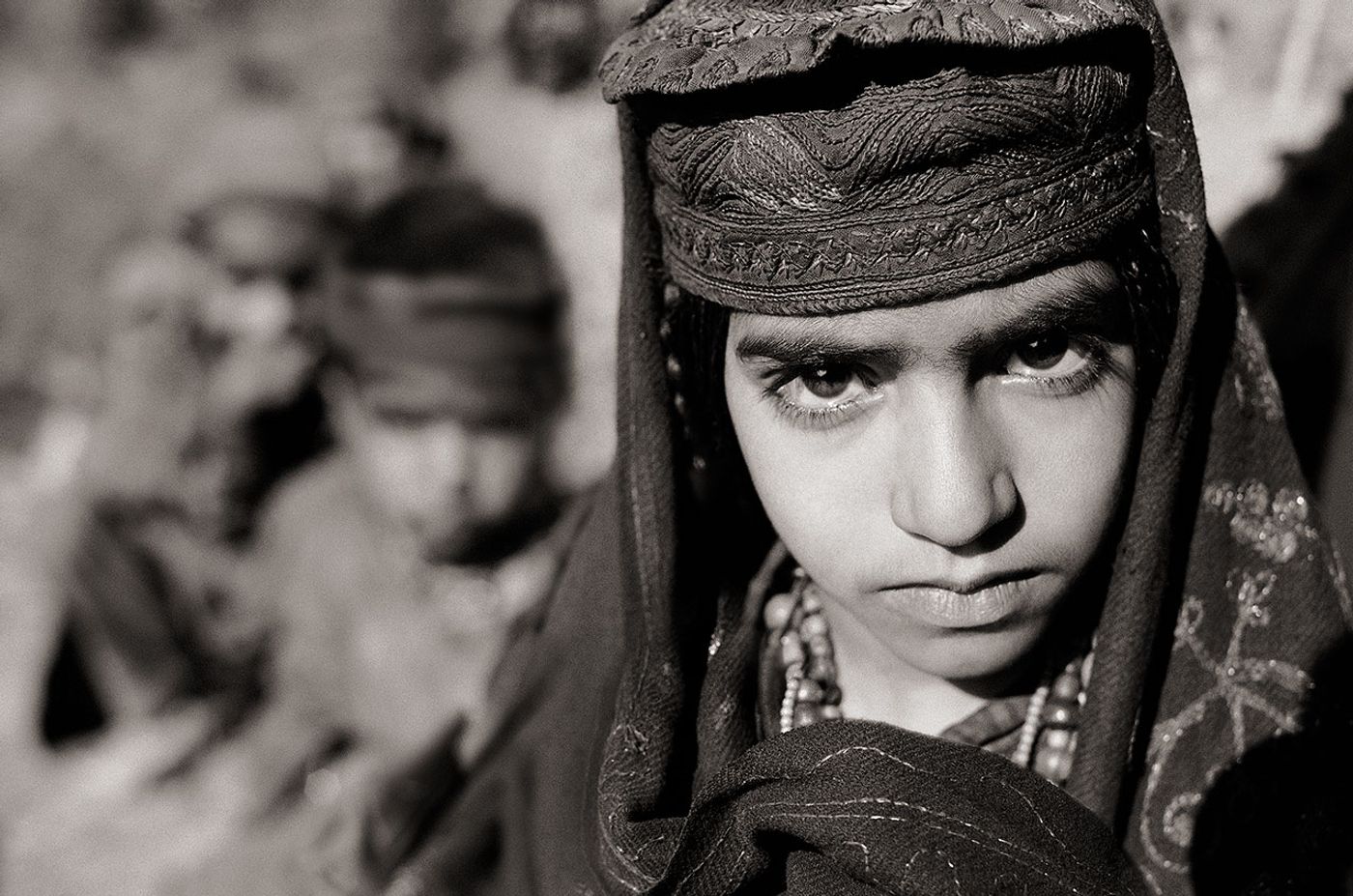
Desiree Dolron, Kashmir, India, 1991. © the Artist, courtesy the Artist and GRIMM Amsterdam | New York.
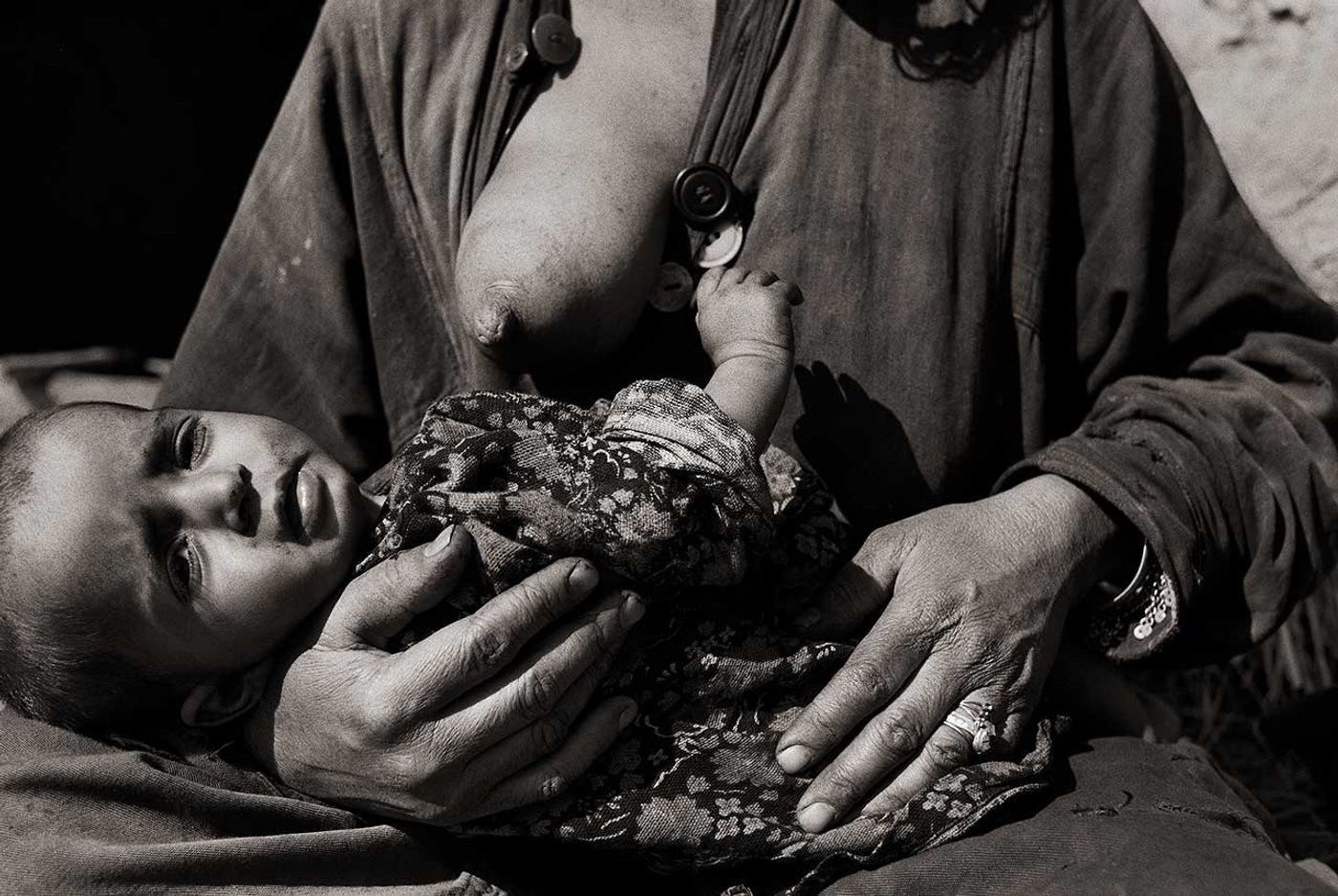
Desiree Dolron, Kashmir, India, 1991. © the Artist, courtesy the Artist and GRIMM Amsterdam | New York.
Dolron’s travel portfolio contains many self-portraits, although she doesn’t care for this label, “it’s just me in a situation” she tells Yatzer. In this sense, they’re more of a testament to her work practice: “I am not a war photographer, I am just going through my life, making a sort of book of situations I’ve been in and places I’ve seen” she explains. Inserting herself in the photographs is her way of attempting to relate to different cultures. As the title of her current exhibition “Forever Someone Else” suggests - which is taken from a book of poems by writer, philosopher and mystic Fernando Pessoa known for deploying as many as 75 alter egos - every encounter has left a mark.
In one of those photos, Dolron stands among gun-toting children in a Pakistani village near the Afghan border. Asked if it was strange encountering children with AK-47 rifles, Dolron notes that every culture might seem weird to an outsider. What would a tourist visiting Amsterdam think, for example, about the prostitutes in the windows or the pot in the coffee shops? “It all depends on how you grow up, what’s normal, what’s real and what’s fiction in your [own] life”, Dolron explains. Of course in retrospect it’s plain to see that the children in question were influenced by what we know now was the Taliban, but at the time they were just kids attending school and going hunting. “That’s always the scary thing with photography, it never tells the true story”, Dolron concludes, “you can shoot something from one angle and it can be a totally different situation from another side”.
In the last couple of years Dolron has also been working with video. Touching on themes such as the passing of time and the intrinsic transience of nature and environmental degradation, Dolron’s videos possess an entrancing quality, drawing you in with their hypnotizing visual compositions and eerie soundtracks.
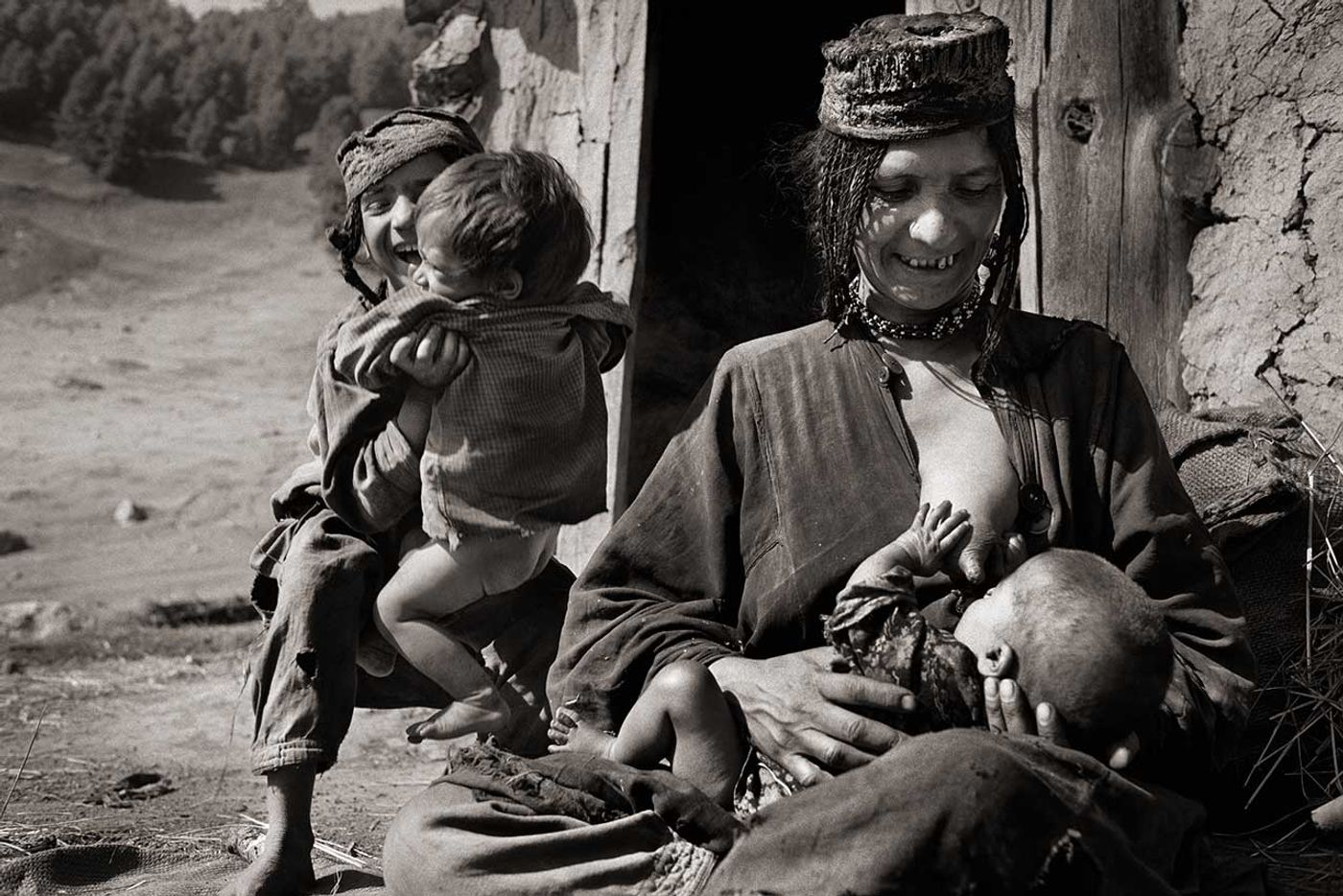
Desiree Dolron, Kashmir, India, 1991. © the Artist, courtesy the Artist and GRIMM Amsterdam | New York.
I am not a war photographer, I am just going through my life, making a sort of book of situations I’ve been in and places I’ve seen. -Desiree Dolron
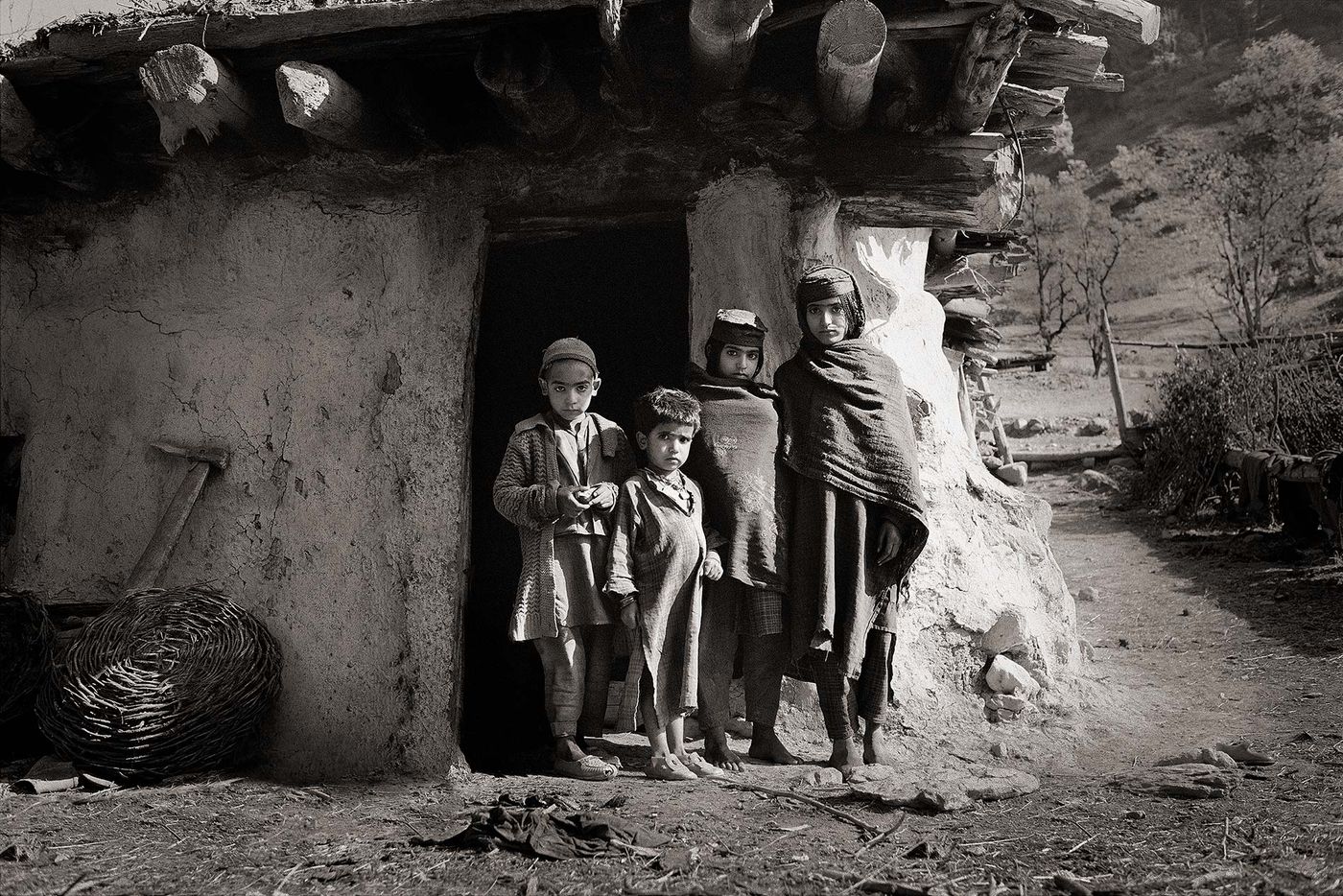
Desiree Dolron, Kashmir, India, 1991. © the Artist, courtesy the Artist and GRIMM Amsterdam | New York.

Desiree Dolron, California, USA, 1990 © the Artist, courtesy the Artist and GRIMM Amsterdam | New York.
Unsurprisingly, Dolron’s travels played a key part in her work with this new medium. “Uncertain TX” (2016) for instance was filmed in a dying forest somewhere between Texas and Louisiana. Dolron had coincidentally seen photos of the area which reminded her of Dutch painter Jacob van Ruisdael's "The Marsh in a Forest", a 17th century painting that evokes melancholy and decay. Photographs were deemed too static to emotionally convey this sense so a video was made, the camera slowly moving across the weed-infested waters while the sound of crackling wood ominously hums in the background like a death knell of environmental devastation.
For “Complex Systems” (2017), which was inspired by the mind-blowing, ever-changing patterns that flocks of birds make in the sky as a defence mechanism against predators, Dolron filmed footage in several location around the world but in the end decided to produce the video digitally. “I’m not David Attenborough, I don’t want to make a nature film”, she explains. With a soundtrack of whispering voices that alludes to the similarities between human and natural systems, the video portraits murmuration in an evocative and thought-provoking fashion.
“Complex Systems” will be exhibited in New York in 2018, while Dolron is presently working on a set of new videos, including a short film depicting life as seen through the point of view of an artwork and another about the endangered migration of Monarch butterflies. Blessed with an eye for detail, a plethora of technical skills and a deep empathy for her subjects, we can’t help but wait for Dolron’s upcoming work with great anticipation.
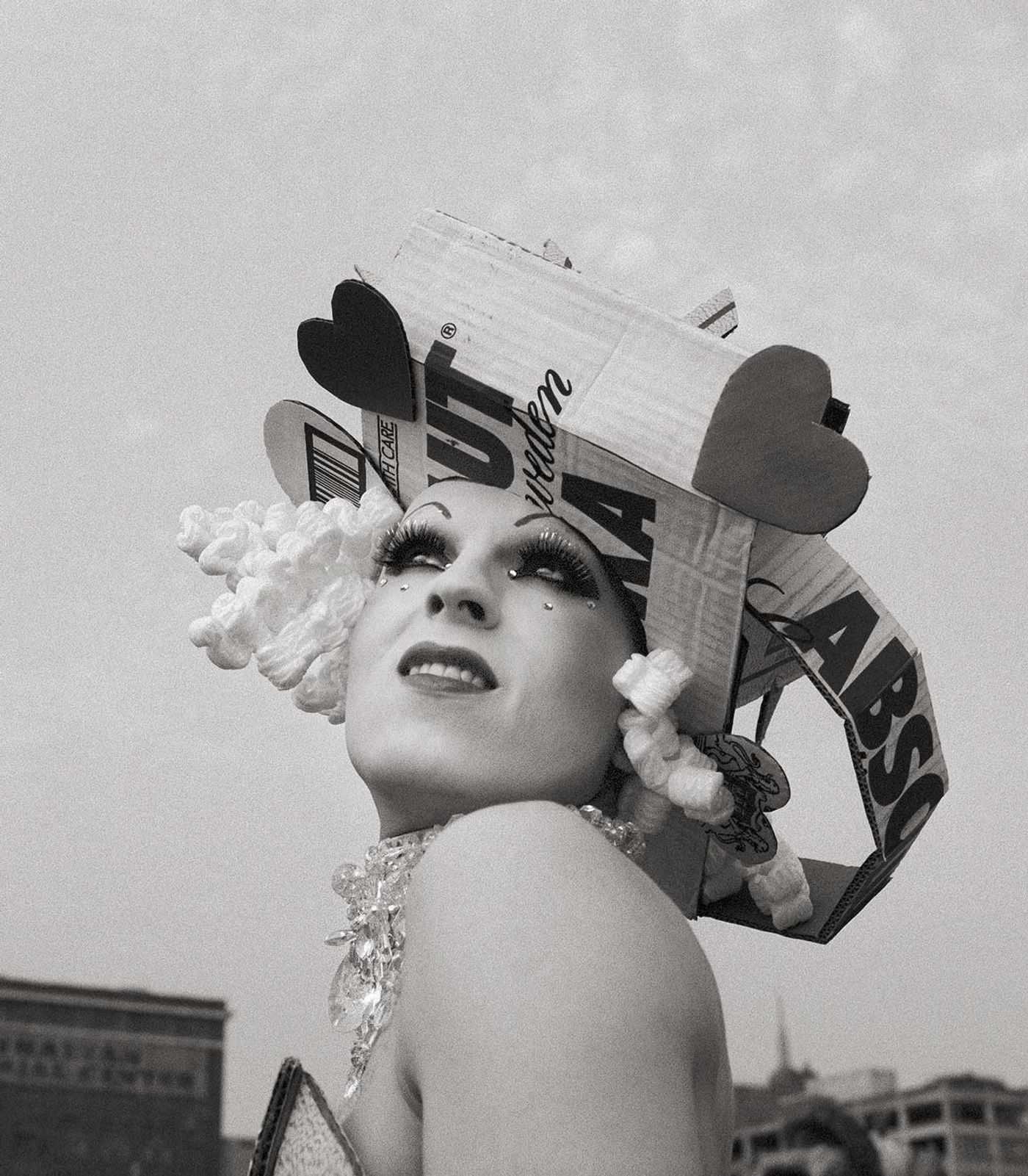
Desiree Dolron, Wingstock, NY, 1997. © the Artist, courtesy the Artist and GRIMM Amsterdam | New York.
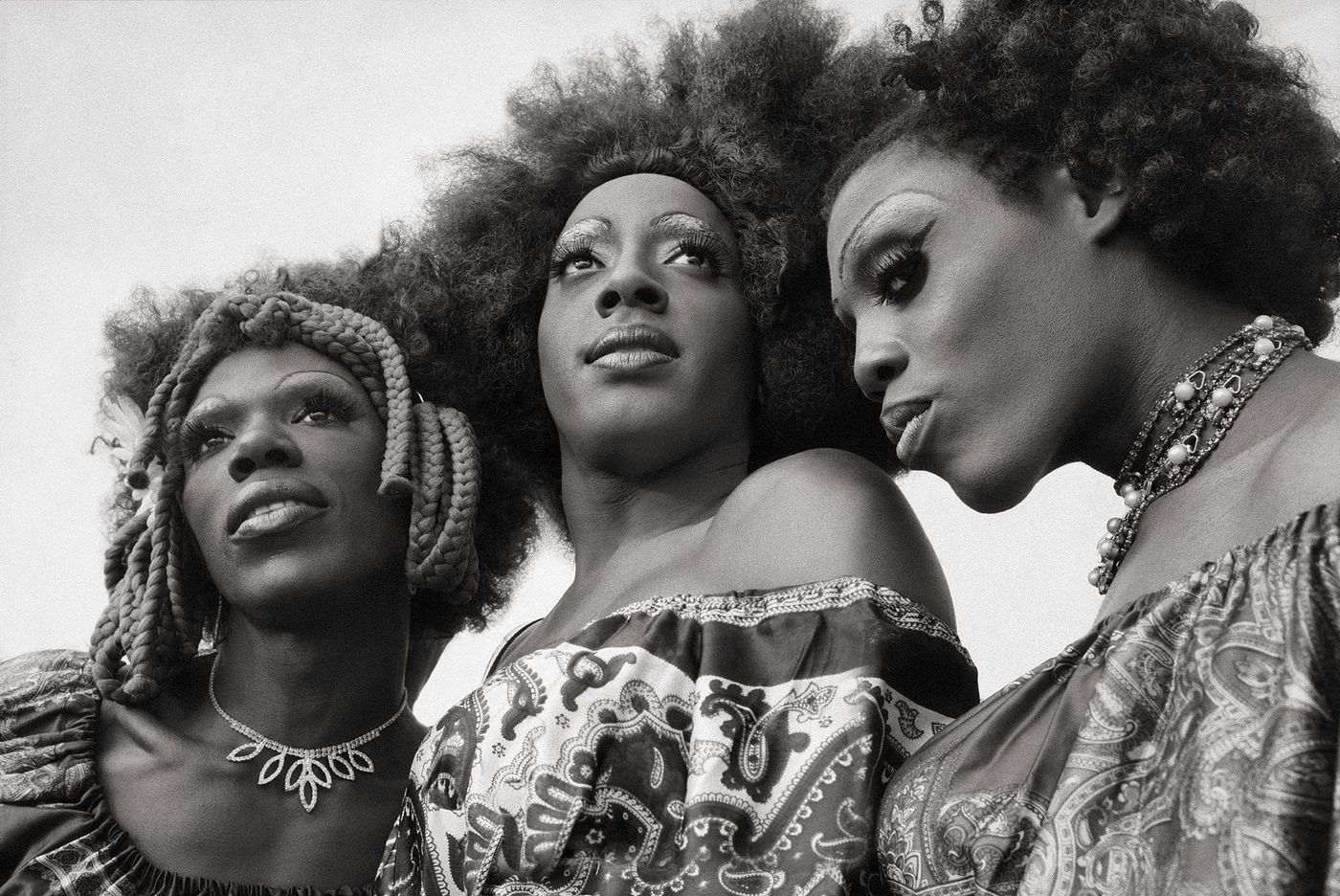
Desiree Dolron, Wingstock, NY, 1997. © the Artist, courtesy the Artist and GRIMM Amsterdam | New York.

Desiree Dolron, Wingstock, NY, 1997. © the Artist, courtesy the Artist and GRIMM Amsterdam | New York.